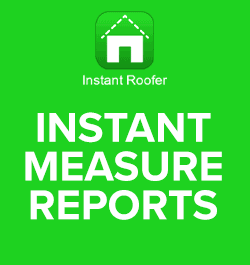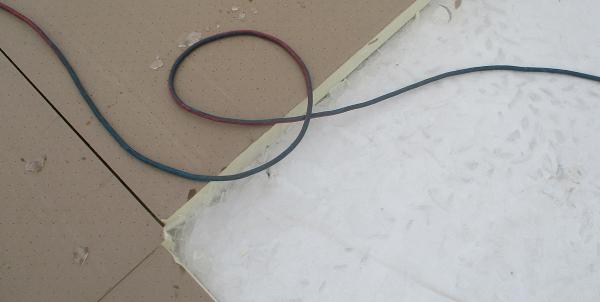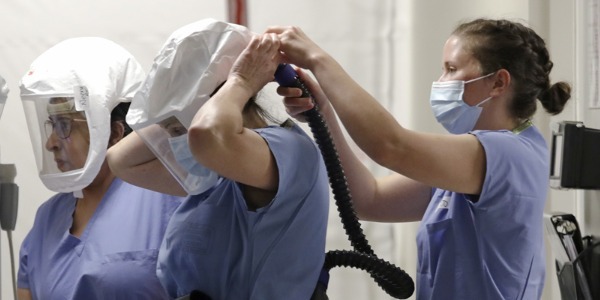Avoiding costly citations: The essential guide to a robust roofing safety program

By Cotney Consulting Group.
A well-run safety program is an investment that pays off in the long run, ensuring a secure and thriving roofing contracting business.
Safety should always be a top priority in the fast-paced world of roofing contracting. A comprehensive safety program protects your workers from harm and shields your company from the potential financial fallout of accidents and legal troubles. With the Occupational Safety and Health Administration (OSHA) vigilantly monitoring workplace safety standards, roofing contractors must ensure that their safety programs are up to par. In this article, we'll delve into the red flags of common mistakes and omissions that can render your safety program useless, leaving your company vulnerable to expensive citations and possible litigation.
First aid: What is it?
First and foremost, let's clarify what constitutes proper first aid within workplace safety. Many employers make the mistake of overlooking minor injuries, thinking they don't require attention. However, any injury, regardless of severity, demands immediate first aid. Training your staff in basic first aid procedures ensures that injuries are treated promptly and appropriately, reducing the risk of complications and demonstrating your commitment to employee well-being.
What your safety program should look like
A robust safety program is not just a document; it's a living, breathing commitment to the well-being of your workers. It should outline specific safety protocols, hazard identification procedures, emergency response plans and ongoing training initiatives. Incorporate industry best practices and customize the program to fit the unique challenges of roofing work. Regularly update the program to address new risks and advancements in safety technology, ensuring it remains relevant and effective.
How OSHA defines proactive
OSHA places a significant emphasis on proactive safety measures. Being proactive means identifying potential hazards before accidents occur and implementing preventive measures. Regular safety inspections, hazard assessments and employee training are vital components of a proactive safety approach. By anticipating risks and taking preventative action, you demonstrate your commitment to a safe workplace, impressing OSHA inspectors and reducing the likelihood of citations.
Understanding OSHA 300 form and documentation requirements
Accurate record-keeping is a cornerstone of an effective safety program. Familiarize yourself with OSHA Form 300, which is used to log workplace injuries and illnesses. Properly maintaining this form is crucial for compliance. Additionally, OSHA requires detailed documentation regarding injury and illness reporting. Any delays or inaccuracies in reporting can lead to citations. Regularly review your reporting procedures to ensure they align with OSHA requirements and address any deficiencies promptly.
Identifying and avoiding ineffective safety meetings
Safety meetings are a standard practice but can be rendered useless if not conducted effectively. One common mistake is treating these meetings as a formality without actively engaging employees. Ineffective safety meetings lack substance and fail to address specific workplace hazards. Safety meetings should be interactive, tailored to the roofing industry and focused on real-life scenarios to maximize their impact. Encourage open discussions, share incident reports and provide practical solutions to potential hazards.
Recognizing enforcement that will be rejected
During an OSHA audit, enforcement measures that lack proper documentation or are inconsistent with established safety protocols will be rejected. Examples include inadequate training records, incomplete accident reports or poorly maintained safety equipment. Ensure your enforcement measures are well-documented, regularly reviewed and aligned with industry standards. Doing so demonstrates your commitment to safety and increases the likelihood of a successful OSHA audit.
Reviewing a well-run safety program: The key to compliance
A well-run safety program is more than just a checklist of requirements; it's a culture embedded within your company. It encompasses thorough training, vigilant hazard identification, prompt incident reporting and continuous improvement. OSHA inspectors look for evidence of a safety-conscious culture where employees actively maintain a secure workplace. Regularly review your safety program, conduct internal audits and seek employee feedback to identify areas for improvement. By fostering a safety-oriented environment, you comply with OSHA standards and create a work atmosphere where employees feel valued and protected.
In conclusion, investing in a comprehensive safety program tailored to the specific needs of roofing contractors is not just a legal obligation — it's a strategic decision that safeguards your workers, preserves your company's reputation and saves you from the financial burden of citations and litigation. Don't gamble with your employees' safety and your business's future. Prioritize safety, stay proactive and rest assured that a well-run safety program is an investment that pays off in the long run, ensuring a secure and thriving roofing contracting business.
Learn more about Cotney Consulting Group in their Coffee Shop Directory or visit www.cotneyconsulting.com.






















Comments
Leave a Reply
Have an account? Login to leave a comment!
Sign In